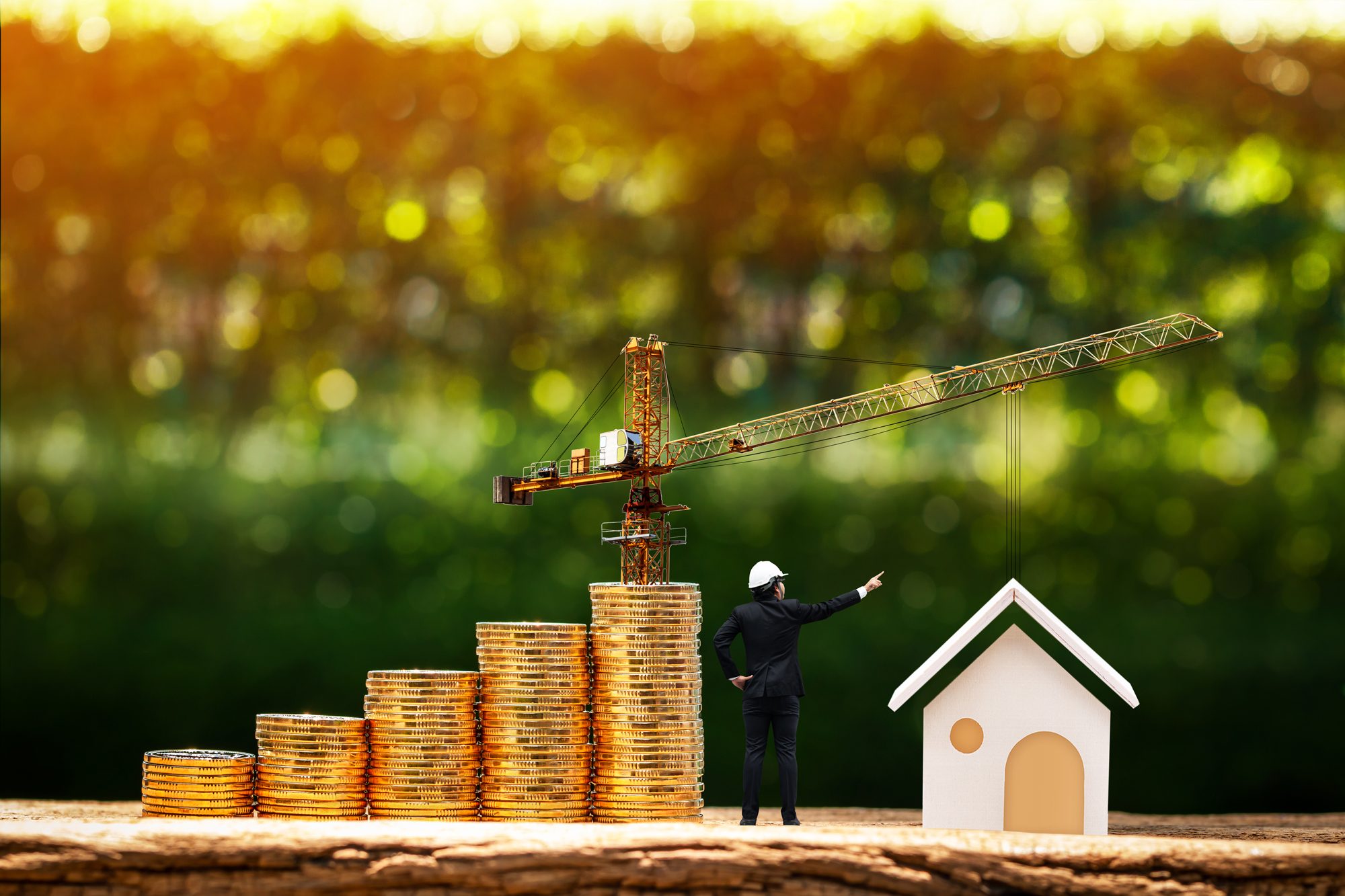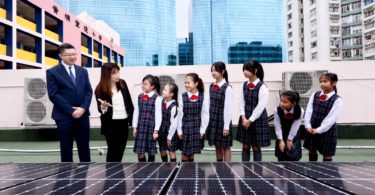by Chrispina Yovita Putri
Green building is the new future in the construction industry. According to the International Finance Corporation, it will account for USD24.7 trillion of investment opportunity by 2030[1] across emerging market cities.
The full investment potential in Green buildings can be done through policy development, such as financial support to develop a pipeline of creditworthy and bankable projects through financing and investment mechanisms. Other than that, a multi-stakeholder synergy of regulators and practitioners is needed to create the market for the finance flow to Green construction.

Image by Watchara Ritjan/Shutterstock
FINANCIAL INSTITUTIONS KEY ROLE
Financial institutions across emerging markets intend to expand on Green construction and mortgage finance products in order to build higher-value and lower-risk portfolios and access global capital markets.
Commercial banks are a key source of financing. In Hong Kong, the Hong Kong Monetary Authority (HKMA) is incorporating environmental, social and governance (ESG) principles into its investment processes. It emphasises responsible investment strategy and sustainable long-term performance in renewable energy and Green buildings into the credit risk analysis of the bond portfolio.
AUTHORITY AND PRACTITIONERS SYNERGY
Key players in the construction industry can take advantage of the multitrillion-dollar Green building investment opportunity to stimulate Green financing.
Governments
Governments can create enabling environments to galvanise market growth and shape the Green building market to meet climate commitments. To achieve the final targets and policies, governments need to translate these ambitions into progressive regulations and incentives.
Hong Kong’s political administration and leadership sees Green finance as a priority for the territory’s economic development, and its government provides top-down support and investment.
“The strong demand for Green funding and investment opportunities have led to the exponential growth in global Green finance, including in the issuance of Green bonds. Hong Kong is ready to play our part in Green financing,” said Carrie Lam, chief executive of Hong Kong.
Investors
Investors and financiers can drive Green building investment to build higher-value and lower-risk portfolios and access global capital markets. This will provide an advantage with the significant Green building investment opportunities to build stronger real estate investment portfolios that are resilient and have a better credit risk asset and collateral.

Image by subin pumsom/Shutterstock
Developers
The Green building market can also be shaped by developers to demonstrate a proof of concept and pave the way for others to follow. Well-established Green building certification systems allow developers to differentiate their products in the market and reap the benefits of having a Green building label.
In July 2019, property developer Swire Properties was the first company in Hong Kong to launch such a financing mechanism against ESG improvement and performance. This loan will be used for investments that support the company’s strategy, such as the adoption of advanced energy-saving technologies, and to fund ongoing Green building developments.
Swire Properties have reached an agreement with Crédit Agricole Corporate and Investment Bank to convert an existing five-year revolving credit facility of HKD500 million into a sustainability-linked loan, with the interest rate being indexed against improvement in ESG performance.
[1] According to ‘Green Buildings: A Finance and Policy Blueprint for Emerging Markets’ report by International Finance Corporation
Disclaimer: Construction+ makes reasonable efforts to present accurate and reliable information on this website, but the information is not intended to provide specific advice about individual legal, business, or other matters, and it is not a substitute for readers’ independent research and evaluation of any issue. If specific legal or other expert advice is required or desired, the services of an appropriate, competent professional should be sought. Construction+ makes no representations of any kind and disclaims all expressed, implied, statutory or other warranties of any kind, including, without limitation, any warranties of accuracy and timeliness of the measures and regulations; and the completeness of the projects mentioned in the articles. All measures, regulations and projects are accurate as of the date of publication; for further information, please refer to the sources cited.
Hyperlinks are not endorsements: Construction+ is in the business of promoting the interests of its readers as a whole and does not promote or endorse references to specific products, services or third-party content providers; nor are such links or references any indication that Construction+ has received specific authorisation to provide these links or references. Rather, the links on this website to other sites are provided solely to acknowledge them as content sources and as a convenient resource to readers of Construction+.











